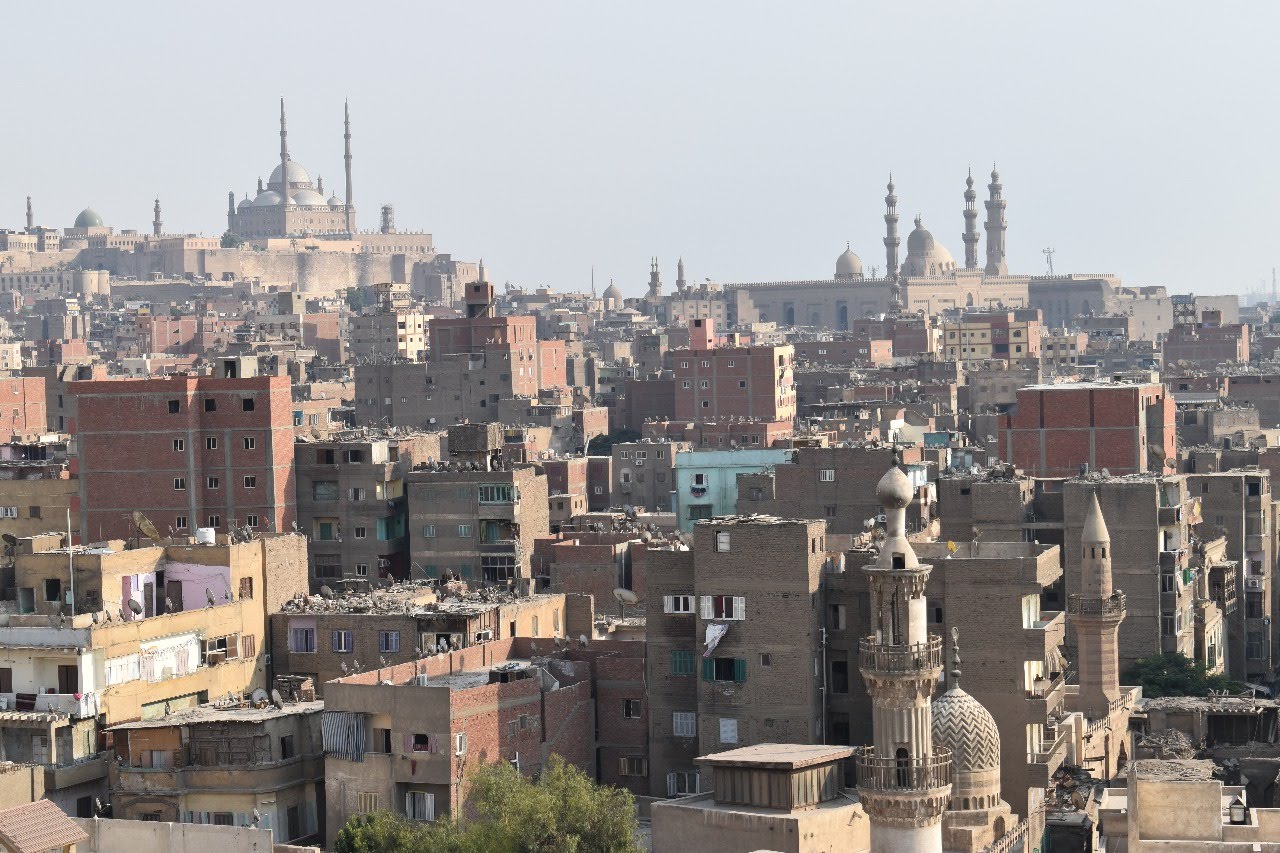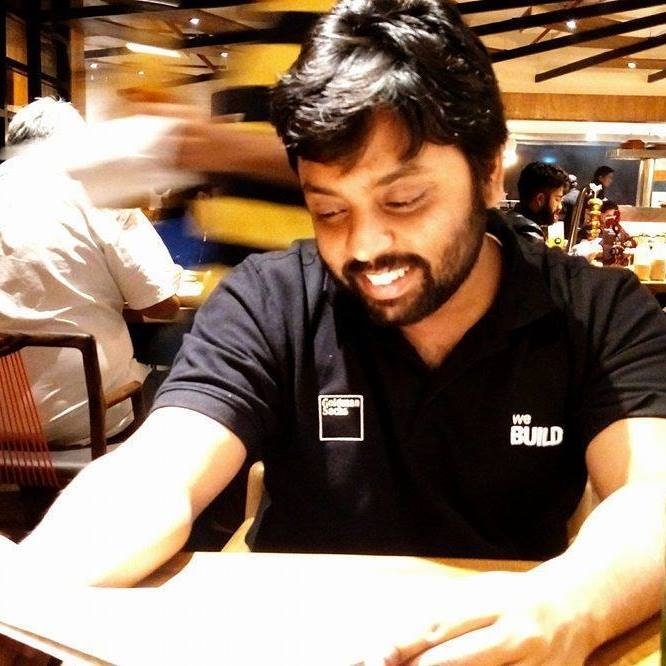About Cairo
04/03/20 23:29

Cairo is drenched with dust. Not in a bad way, where the dust arises out of nothingness and poverty. Therefore maybe shrouded is a better word. Cairo is shrouded with dust, like a mansion kept under lock. The furniture and showpieces carefully kept under the shroud of discarded clothes and bedsheets of its long-left owner. It is as if the discarded clothes stand guard as scarecrow for the furnitures and showpieces.
Similarly, Cairo is shrouded with dust. The dust of the dead, or maybe the dust of the necropolis that houses the dead. Every minaret, every tree, every pillar and every Khirki. Each and every one of them is dusty and devoid of moisture. You feel an incessant urge to pick up a bucket and mop and start scrubbing them clean. The responsibilities entrusted by Nature to rain has been conveniently ignored by the season, and you feel the urge to stand proxy for rain itself.
Slowly, you will learn to see through the dust. And beyond that layer of dust lies the unlikely harmony of culture and clashes. At the street level the buildings will impose upon you with their big facades. The mighty arches which are headed with papyrus and lotus headed pillars. The latticed wooden windows, where the dust has found home in its hard to reach nooks and corners.
But a different Cairo will emerge as you leave behind the streets to climb the rooftop. It is a city which in process of healing its wounds of revolution. Hence, the destruction left behind by the revolution is quietly swept up from the streets and dumped on the terraces. The terraces of Cairo is voyeuristic expose of the the darkness that the people hide behind their smiles on the streets.
Antony Bourdain, once famously discarded the Pyramids in favour of Nile. He visited Cairo but resolved to not see the Pyramids but instead revel in the glory of Nile. I suggest to go a step further. Go ahead and discard even the Nile from your itinerary in favour of the streets of Cairo.
Yes, it is hard to explore a city by ignoring a river that flows through the city, but frankly Nile is yet another river at best. Look beyond the Nile into the skyline of the city, or if you may be bold enough to ditch the broad ways in favour of the alley ways.
From Tahrir square all the roads span out to sneak through the cities, you just need to find the one which fancies you. If walking gets you tired stop and sit down for a sheesha with a cup of coffee. A lot can be told about a culture by the way their restaurants arranged their chairs. In Cairo cafes, not the famous ones but the ones inside the alleys, the chairs do not face the tables. The chairs are tilted to face the passage between the tables, and tables are on your side. So, everyone is sitting in their own table, but at the same time facing each other to form a community of awkward strangers.
If language was not a barrier, they would have drawn you in their conversation, but as of now you will just be mute spectator in a conversations of locals and neighbours talking about small problems of daily life that you are not privy of.
In Cairo, the food and the happiness overflows on its streets, but the revolution and the destruction still overbears on its attics. Hope is the majestic papyrus headed pillars that keeps it that way.
